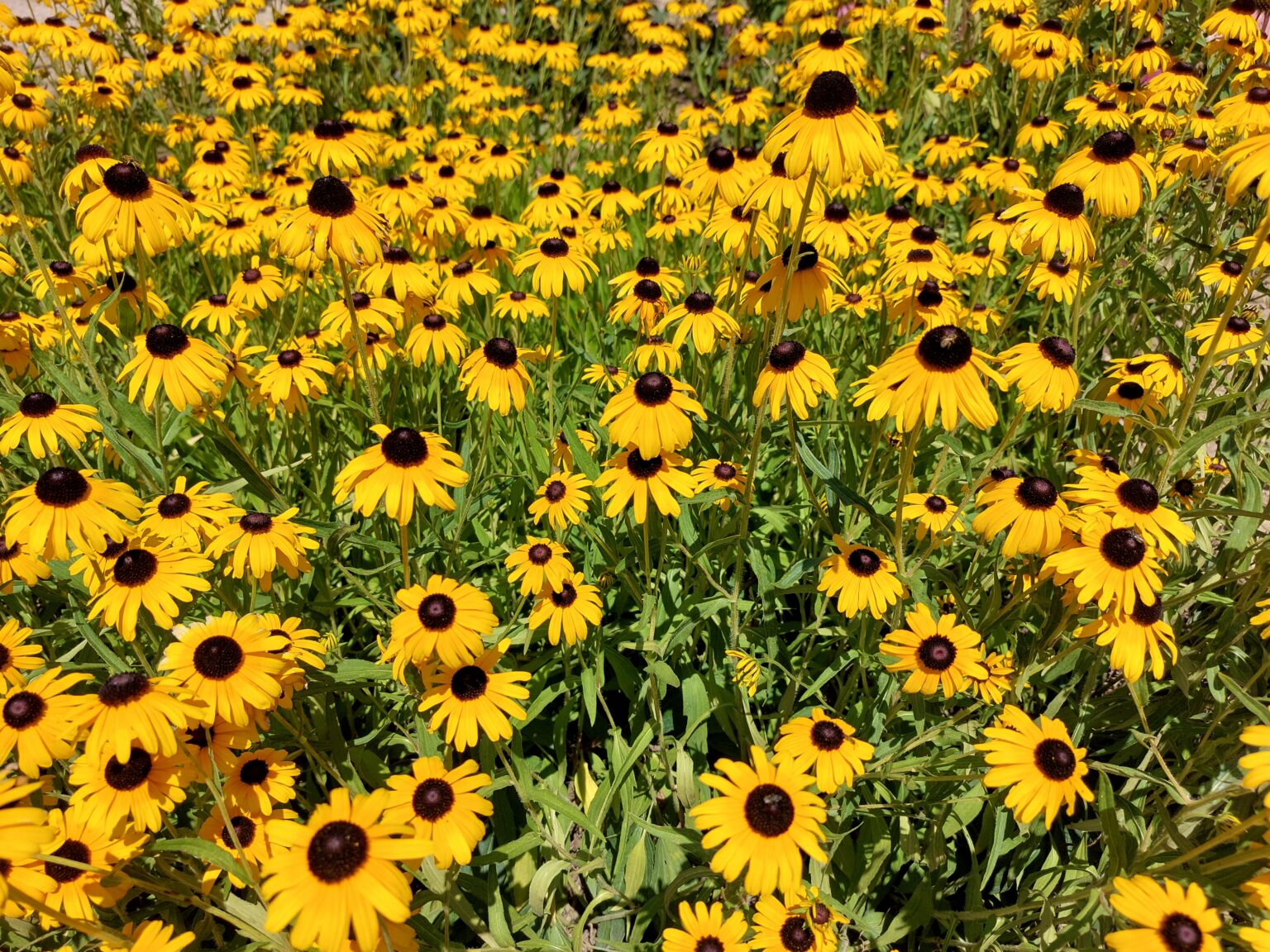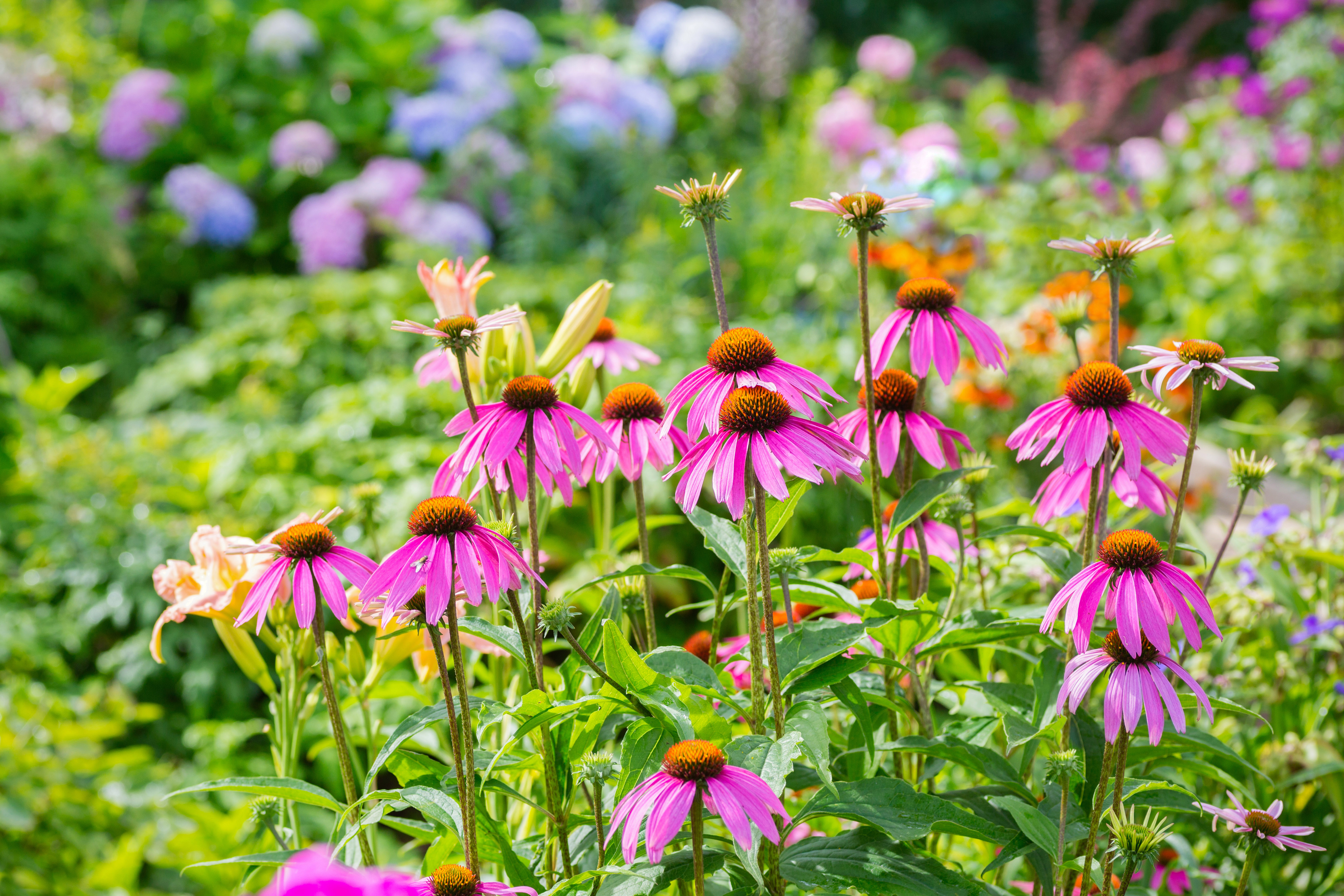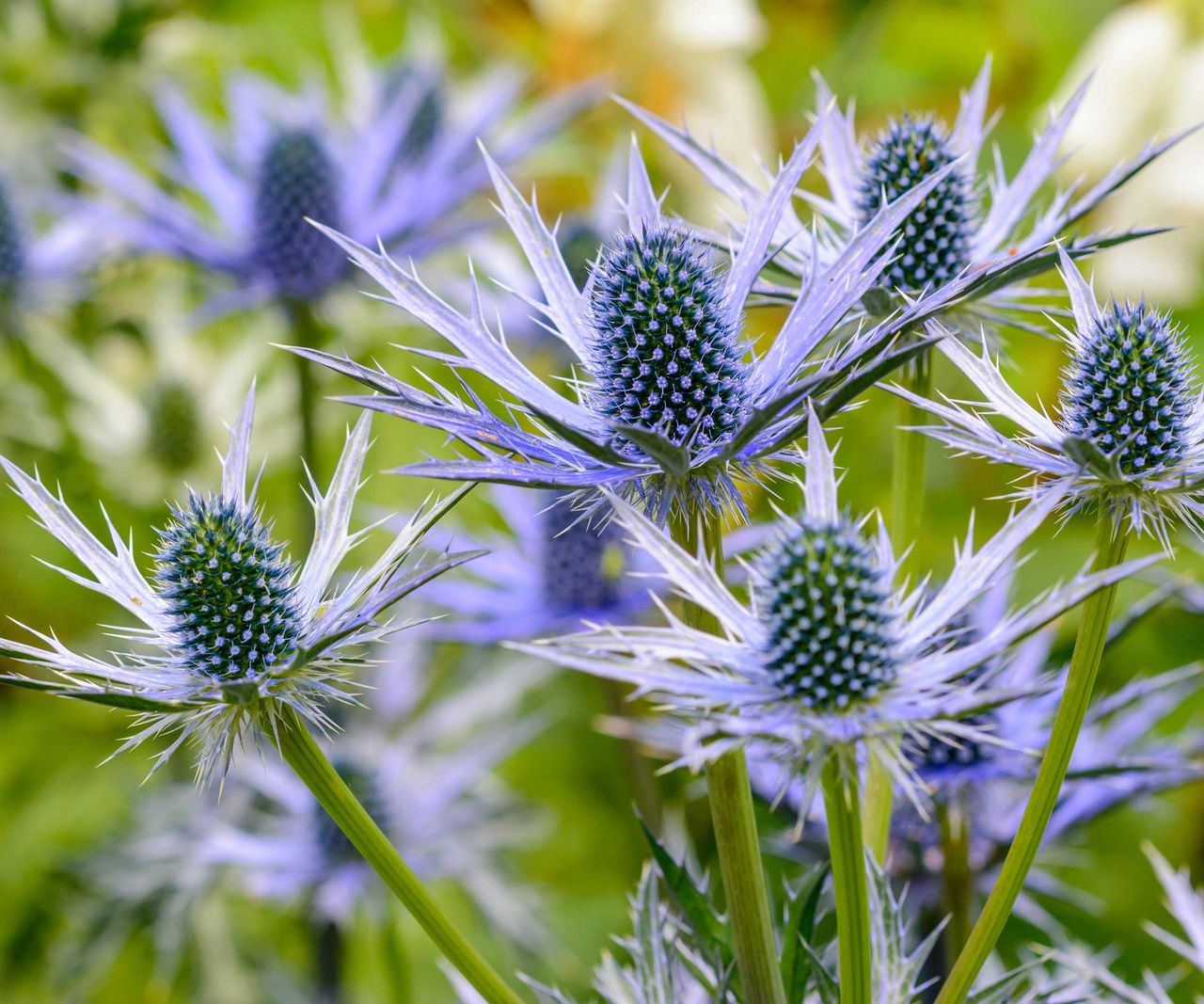How to Grow Easy Perennials for Beginners

Are you eager to dive into the world of perennial gardening but feel overwhelmed by the thought of maintaining a lush, vibrant garden? Fear not! Growing easy perennials for beginners can be as simple as planting a seed and watching it flourish. Just like learning to ride a bike, once you get the hang of it, you'll be cruising through your garden with ease. Let's explore the ins and outs of easy gardening with perennial flowers that even the greenest of thumbs can master.
Understanding Perennial Gardening
Perennial gardening is like having a reliable friend who visits you year after year. Unlike annuals, which live for only one growing season, perennials return each spring, often growing larger and more beautiful with each passing year. This makes them an excellent choice for beginner plants, as they require less frequent replanting and offer long-term rewards.
Why Choose Perennials?
Perennials are not only low-maintenance but also cost-effective. Once established, they require minimal care, making them perfect for easy gardening. Plus, they add a touch of permanence and stability to your garden, creating a sense of continuity and familiarity.
Selecting Easy-to-Grow Perennials
When it comes to selecting beginner plants, it's essential to choose varieties that are hardy and forgiving. Here are some of the easiest perennials to grow:
1. Daylilies
Daylilies are like the superheroes of the perennial world. They are incredibly tough and can thrive in almost any soil condition. With their vibrant colors and trumpet-shaped flowers, they add a splash of beauty to any garden.
2. Coneflowers
Coneflowers, also known as Echinacea, are not only easy to grow but also attract beneficial pollinators like bees and butterflies. Their daisy-like flowers come in a variety of colors and are a delight to watch as they sway in the breeze.
3. Black-Eyed Susans
Black-Eyed Susans are as cheerful as they are resilient. These golden-yellow flowers with dark centers are drought-tolerant and can thrive in full sun. They are a staple in many perennial gardens and require minimal care.
4. Hostas
Hostas are known for their lush, green foliage and are perfect for shady spots in your garden. They come in various sizes and colors, making them a versatile addition to any landscape.
5. Sedum
Sedum, also known as stonecrop, is a hardy perennial that can tolerate a wide range of conditions. Its fleshy leaves and star-shaped flowers make it a unique and attractive addition to any garden.
Planting and Caring for Your Perennials
Now that you've selected your easy-to-grow perennials, it's time to get your hands dirty. Planting and caring for your perennials is like nurturing a friendship—with a little love and attention, they will flourish.
Choosing the Right Location
Just like people, plants have preferences. Some love the sun, while others prefer the shade. Make sure to read the plant labels or do some research to find out the ideal conditions for your perennials. Generally, most perennials prefer well-drained soil and a location that gets at least six hours of sunlight per day.
Planting Techniques
When planting your perennials, dig a hole that is twice as wide and just as deep as the root ball. Gently remove the plant from its container and place it in the hole, making sure the top of the root ball is level with the ground. Fill in the hole with soil and press down gently to remove any air pockets.
Watering and Fertilizing
Water your perennials deeply once a week, especially during the first growing season. This encourages deep root growth and helps the plants establish themselves. Fertilize your perennials in the spring with a balanced, slow-release fertilizer to give them a boost of nutrients.
Pruning and Deadheading
Pruning and deadheading are like giving your plants a haircut. Removing dead or damaged leaves and spent flowers encourages new growth and keeps your garden looking tidy. Don't be afraid to snip away—your plants will thank you for it.
Common Mistakes to Avoid
Even the most seasoned gardeners make mistakes. Here are some common pitfalls to avoid when growing easy perennials for beginners:
Overwatering
Overwatering is like drowning your plants in love. Too much water can lead to root rot and other diseases. Make sure your soil is well-drained and only water when the top inch of soil is dry.
Overcrowding
Overcrowding is like inviting too many guests to a party—it can get chaotic. Give your perennials enough space to grow and spread out. This not only promotes healthy growth but also prevents diseases and pests.
Neglecting Plant Care
Neglecting plant care is like ignoring a friend in need. Regularly check your plants for signs of disease or pests and address any issues promptly. A little TLC goes a long way in keeping your garden healthy and vibrant.
Conclusion
Growing easy perennials for beginners is like embarking on a rewarding journey. With a little patience, knowledge, and care, you can create a beautiful and thriving garden that will bring you joy for years to come. Remember, gardening is a learning process, and every mistake is an opportunity to grow. So, grab your gardening gloves and let's get started!
FAQs
What are the easiest perennials to grow?
Some of the easiest perennials to grow include daylilies, coneflowers, black-eyed Susans, hostas, and sedum. These plants are hardy, low-maintenance, and can thrive in a variety of conditions.
How often should I water my perennials?
Water your perennials deeply once a week, especially during the first growing season. This encourages deep root growth and helps the plants establish themselves. Make sure the soil is well-drained and only water when the top inch of soil is dry.
What is the best time to plant perennials?
The best time to plant perennials is in the spring or fall. Planting in the spring allows the plants to establish themselves before the heat of summer, while planting in the fall gives them a head start for the following growing season.
How do I know if my perennials are getting enough sunlight?
Most perennials prefer at least six hours of sunlight per day. If your plants are not getting enough sunlight, they may become leggy, have smaller leaves, and produce fewer flowers. Move them to a sunnier location if necessary.
What should I do if my perennials are not blooming?
If your perennials are not blooming, it could be due to a variety of factors, including insufficient sunlight, overwatering, or lack of nutrients. Make sure your plants are getting enough sunlight, water them appropriately, and fertilize them in the spring to encourage blooming.


0 Response to "How to Grow Easy Perennials for Beginners"
Post a Comment